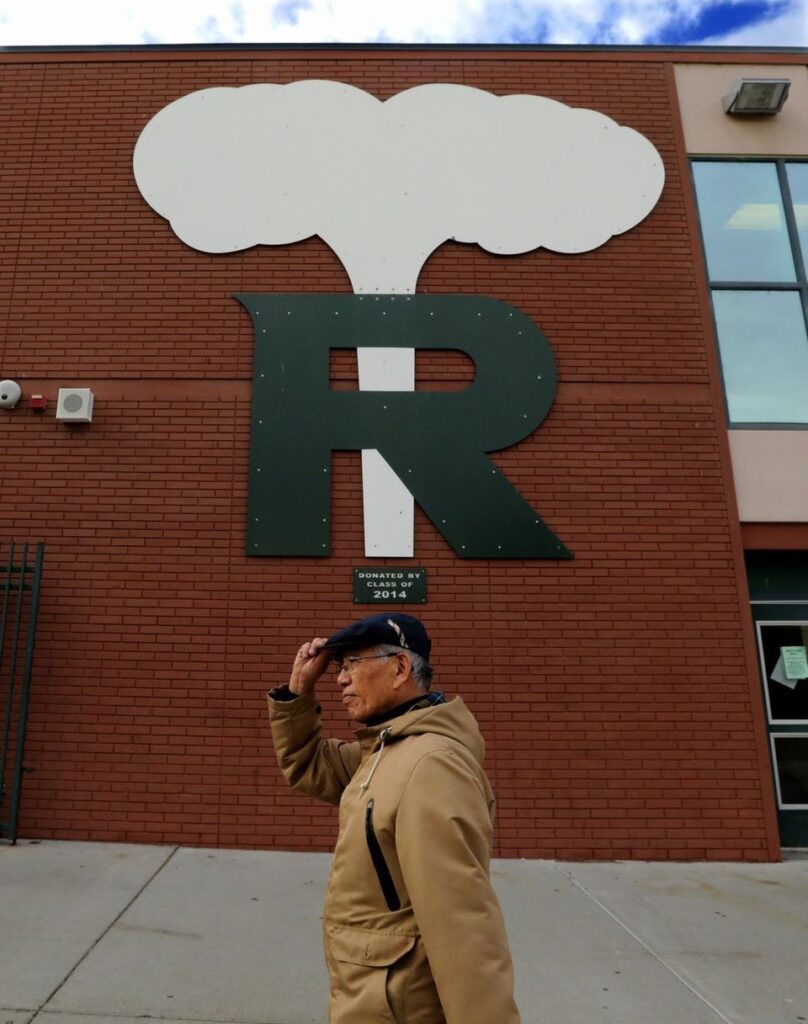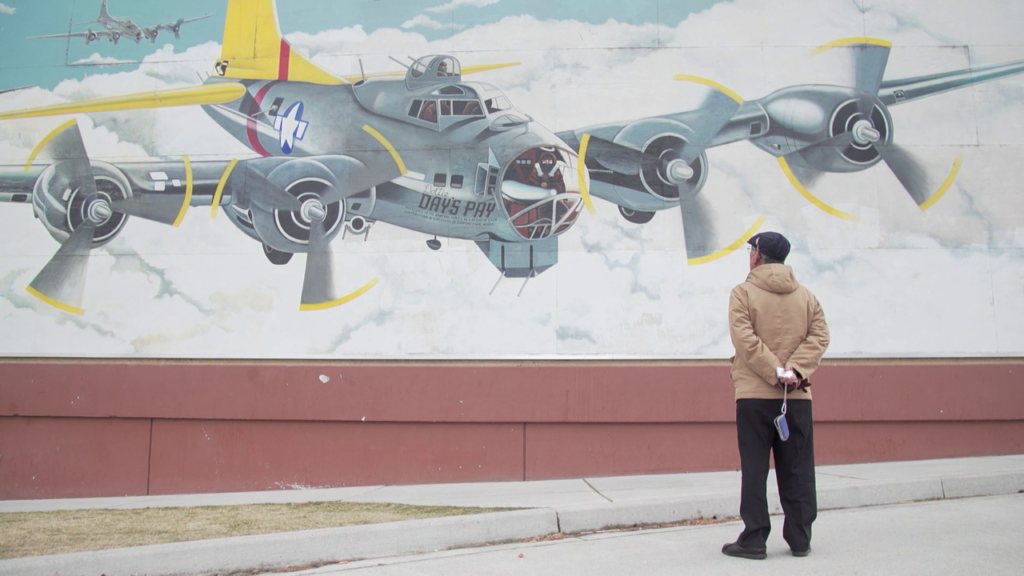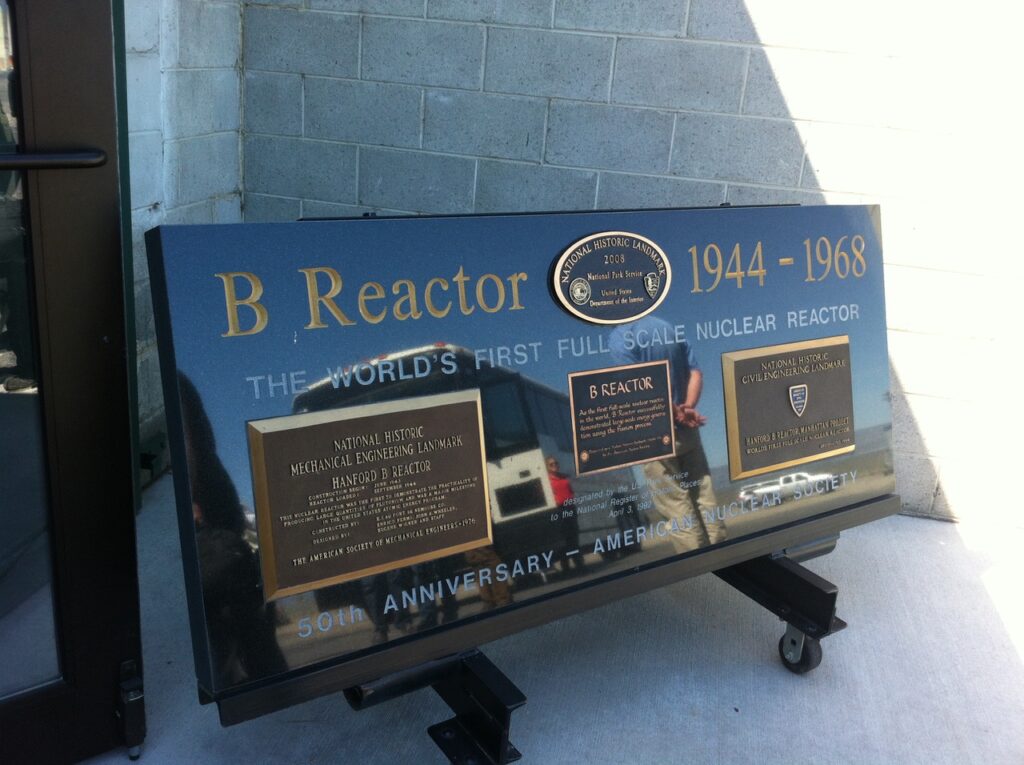Robert Jacobs(Professor)
In 1944 the Manhattan Project was working in multiple locations in the United States to build nuclear weapons. One of the primary locations was Hanford, Washington. It was here that the U.S. built the first industrial scale nuclear reactors to manufacture plutonium. The first nuclear reactor to go “online” was the B Reactor at Hanford, which began operation in September 1944. The plutonium produced in the B Reactor formed the fissile core of the weapon that would be used in the nuclear attack against Nagasaki on 9 August 1945. Eventually nine reactors would be built at Hanford; the B Reactor would make plutonium until 1968. In 2008 it was designated as a National Historical Landmark of the United States, and in 2009 it was opened up to visits by tourists.
The “Fat Man” bomb used in the nuclear attack on Nagasaki would kill approximately 70,000 human beings and injure tens of thousands more. Among the Nagasaki hibakusha was Mitsugi Moriguchi. Moriguchi-san was 8 years old and had been evacuated from the city three days before the attack, however, most of his family members were in Nagasaki, and many later developed radiogenic cancers. He spent his adult life as a school teacher. In 2018, on a trip sponsored by Dr. Norma Field and Dr. Yuki Miyamoto (Japanese scholars working at American universities) and partially funded by the city of Nagasaki, Moriguchi-san visited the B Reactor and the town of Richland where Hanford employees and their families lived. He was the first Nagasaki hibakusha to visit the B Reactor. The project to bring Moriguchi-san to visit the B Reactor was called the Nagasaki-Hanford Bridge Project.
Moriguchi-san, who was 81 at the time of the visit, accompanied by Field and Miyamoto wore Tyvek suits for personal protection from radiation when they went to the B Reactor. The front portion of the reactor has been decontaminated to accommodate visitors, while the back part of the reactor remains highly contaminated and off limits. He also carried a Geiger counter, and when it ticked upwards at the entrance to the building, he pointed this out to his tour guide, John Fox, who had worked at Hanford for decades and was also a former mayor of Richland. An article published in The Seattle Times by author Hal Berton reports that, “Fox said the atomic bomb, dropped when he was 18, helped end the war and saved him from getting drafted into an Army preparing for a difficult invasion of Japan. Moriguchi said the bomb killed his family. His eyes filled with tears.”

Moriguchi, Field and Miyamoto also visited numerous sites in Richland. Chief among these was Richland High School, whose sports team is named “The Bombers,” who’s school emblem is a large “R” in front of a mushroom cloud, and who’s school slogan is “proud of the cloud.” Richland was the city where most of the managers and professional staff of Hanford lived, the laborers lived in nearby Kennewick and Pasco. Moriguchi spoke with students at Richland High School and tried to explain how “celebrating” the mushroom cloud can be understood as disrespectful, while students described how it both gave them “pride” and also helped them to keep the memory of the bombing, and the role of Richland in their minds. A visit to the Atomic Ale Brewpub in Richland offered such beers as Oppenheimer Oatmeal Stout and Plutonium Porter.
Richland is a city that was built on manufacturing plutonium; it provided an income for several generations of Americans. Pride in the role the Hanford site played in “winning the war” and “keeping the peace” in the Cold War are built into the identity of the town, and sense of historical importance the residents can feel. However, the city is also contaminated with plutonium and many other radionuclides spread through the town by accidents and releases. This legacy is dismissed by many who live there, and for those residents who insist on protesting this contamination and the toll it has taken on the health of local residents have often been shunned or dismissed as crazy or un-American. Earlier in 2018, before Moriguchi-san visited the B Reactor, the demolition of the Plutonium Finishing Plant on the Hanford Site was so badly planned and conducted that it resulted in the contamination of 42 workers, and plutonium being found on multiple rental cars that tracked the particles into Richland and elsewhere. While many of the people Moriguchi-san spoke with on his visit were in denial about the past of Hanford, many more are equally in denial about the radioactive legacies of the plutonium production, legacies that have labeled the Hanford site as the most radiologically contaminated site in North America.



